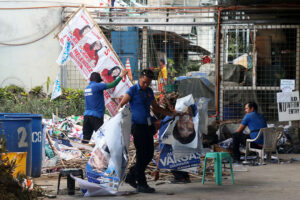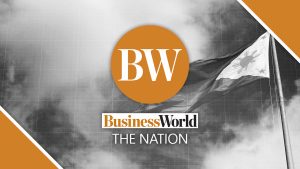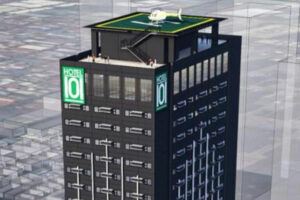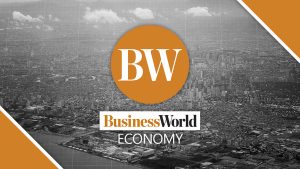Election-tied spending may shield growth from tariffs

HOUSEHOLD CONSUMPTION during the election period and state expenditures once the ban on spending on certain infrastructure projects is lifted are expected to cushion the effects of higher US tariffs on Philippine economic growth.
“We project that the impact of US tariffs can be offset by election spending activities and lifting of the ban on certain public works after the elections,” Budget Secretary Amenah F. Pangandaman told BusinessWorld in a Viber Message last week.
Ms. Pangandaman, who heads the Development Budget Coordination Committee (DBCC), said government capital spending is likely to accelerate in the coming quarters.
The Commission on Elections’ 45-day ban on public works spending started on March 28 and ended with the May 12 elections.
The Philippine economy grew slower than expected in the first quarter at 5.4% from 5.9% a year earlier. It was below the government’s 6-8% target for the year.
The slowdown was partly attributed to heightened uncertainty from US President Donald J. Trump’s reciprocal tariffs announced in April. The higher duties, including a 17% tariff on Philippine exports, were suspended for 90 days pending negotiations.
Ms. Pangandaman expects election-related spending to lift economic growth after the 18.7% increase in state expenditures as agencies front-loaded ahead of the election ban.
Department of Economy, Planning, and Development Undersecretary Rosemarie G. Edillon said state spending could moderate in the second quarter since it was covered by the ban in April and parts of May.
Ms. Pangandaman said disbursements are expected to pick up toward the latter part of May to June after the election ban is lifted.
However, analysts warned the boost could be short-lived.
Election-related spending could only provide a “short-term” boost, said John Paolo R. Rivera, a senior research fellow at the Philippine Institute for Development Studies.
“This may partially offset the drag from external headwinds like the US tariffs, especially if government agencies frontload infrastructure projects and political campaigns sustain high levels of economic activity,” he said in a Viber Message on Sunday.
He said the momentum from election spending might not be enough to sustain growth beyond the second quarter if export-facing sectors suffer losses or investment slows.
The benefits are “transitory,” while higher tariffs could have longer-term structural effects such as reduced export competitiveness, supply-chain shifts and investor uncertainty, he added.
Philippine export growth slowed to 6.2% in the last quarter from 8.1% a year earlier as companies remained cautious about trade.
Reinielle Matt M. Erece, an economist at Oikonomia Research and Advisory, Inc., said relying on government spending to drive growth is unsustainable and could exhaust the state budget and trigger more borrowings.
He urged the government to pursue trade deals and improve the investment climate instead.
Trade Secretary Maria Cristina A. Roque, Special Assistant to the President for Investment and Economic Affairs Frederick D. Go and Philippine Ambassador to the US Jose Manuel D. Romualdez met with US Trade Representative (USTR) Jamieson Greer in Washington on May 2 to discuss tariffs.
Ms. Roque earlier said the meeting “went very well,” adding that they expect more meetings.
Ms. Pangandaman said they would continue to monitor agencies’ budget use rates, while catch-up plans for delayed programs would be prioritized post-election. — Aubrey Rose A. Inosante




